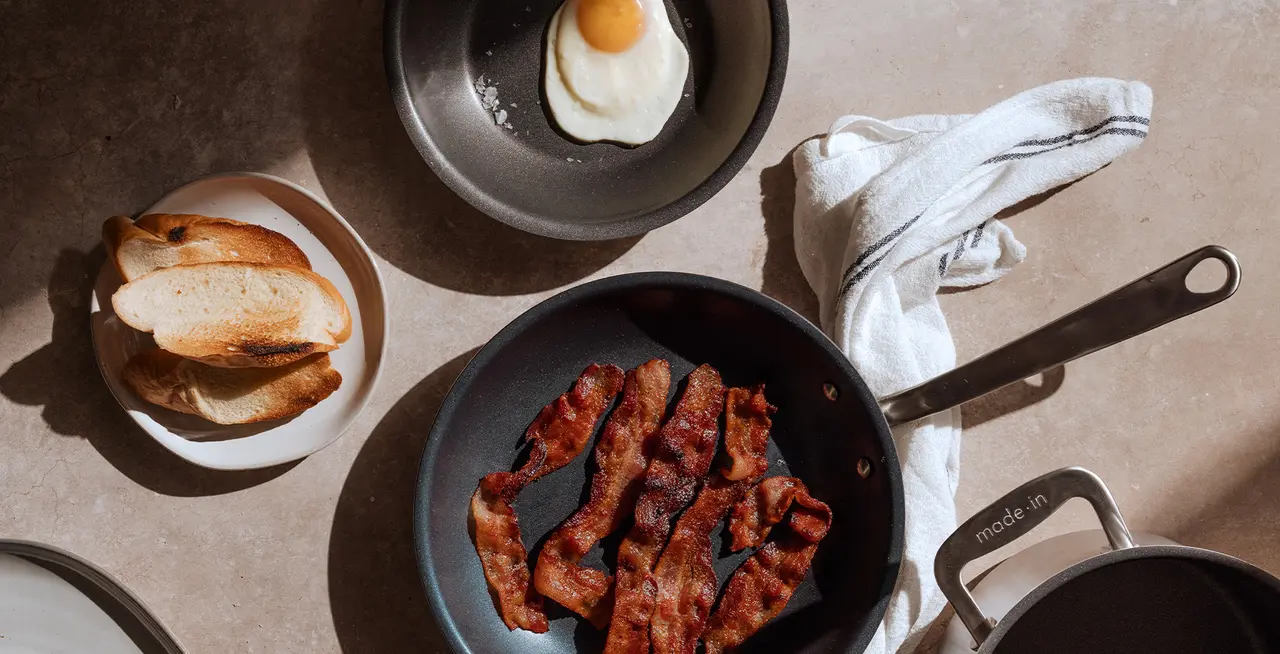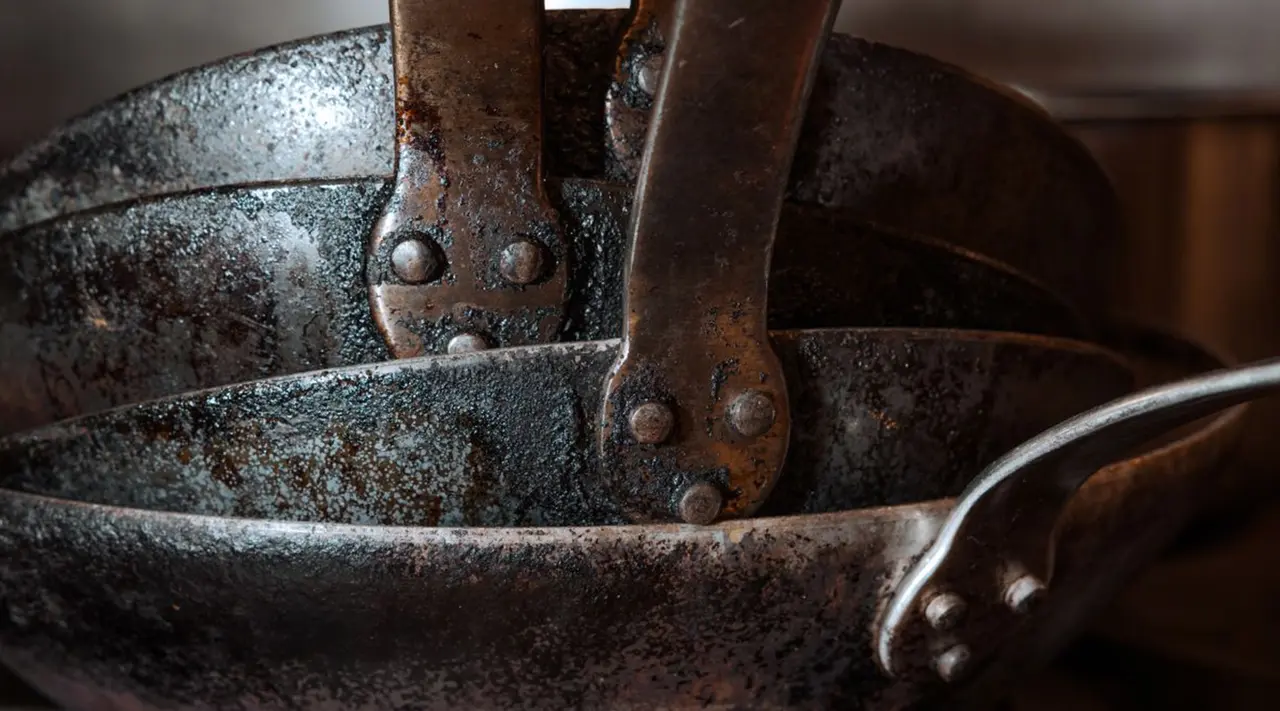As much as we love our dishwasher, it's important to know that it doesn’t always play nice with our favorite cookware—including your trusty non stick pan. While some non stick pans are made to be compatible with dishwashing, others can sustain permanent damage after a single wash, depending on how they’re constructed.
Instead of taking the risk and testing it out for yourself, we’ve put together all the information you need to determine whether or not to put your non stick pan in the dishwasher—both to save yourself from heartbreak, and to avoid splashing out on replacement pans.
Is Non Stick Cookware Dishwasher Friendly?

Dishwashers are fantastic tools, if only for their ability to get plates, cups, and silverware clean in a fraction of the time it would take to do them by hand. That being said, they can sometimes be a little too good at their job, which can result in doing permanent damage to your pan. When combined, the high-pressure jets of hot water and the enzymes found in most dish detergents can do a number on pan coatings—from ceramic to traditional coated non stick—so you should always check to make sure your pan is dishwasher-friendly before running it through a wash cycle.
However, even if the packaging explicitly states that your non stick cookware is dishwasher-friendly, we still strongly advise washing it by hand only. Even if non stick pan naturally has a shorter lifespan than stainless steel or cast iron, ditching the dishwasher can tack a few extra months (or years) onto your non stick pan’s overall lifespan.
What Happens If Non Stick Goes in the Dishwasher?

One of the major selling points of non stick pans—other than the fact that they consistently turn out perfect scrambled eggs—is the fact that they’re so easy to clean. As long as your pan isn’t severely burnt (and if it is, we’ve got the perfect guide for you), you’ll need little more than a quick rinse with warm, soapy water to get it clean.
Still, tossing it in the dishwasher is just so tempting—especially on nights when you simply cannot deal with another dirty pan. Plus, how much damage could a single wash cycle do?
The answer is quite a lot. In a tightly packed dishwasher, stacked alongside items like silverware and long-handled pots and pans, the non stick coating can easily scratch or chip. After a single wash, you may notice your pan’s coating beginning to peel, starting at the rim, as well as staining or discoloration from the detergents and hot water.
Even if you don’t notice any visible damage, the prolonged exposure to high temperatures and harsh detergents can cause your pan’s non stick properties to fade faster than they would otherwise.
Even high-quality non stick pans like our ProCoat Collection can sustain major damage if they’re put in the dishwasher, or not properly maintained in general. Check out our guide to non stick maintenance for more detailed care instructions.
How to Clean Non Stick Cookware
Now that you know how not to wash your non stick cookware, here are a few tips on how to properly wash it by hand. The first tip: be gentle. Never use a steel wool or coarse dish brush on non stick, as these can easily scratch the surface of the pan. A soft sponge or dish cloth should do the trick most of the time, or you can use the scrubby side of a sponge on tougher messes.
For badly burnt pots and pans, try a mixture of water, baking soda, and vinegar (once you’ve already tried giving it a scrub with dish soap and water, of course). You can find more detailed instructions—as well as what to do about stained or discolored pans—in our dedicated guide to cleaning non stick cookware.
Ready to Shop?
Aside from making the perfect grilled cheese, our hands-down favorite thing about our ProCoat Non Stick Collection is how easy it is to maintain—no seasoning or special cleaning products required. With all that in mind, washing your pan by hand is a small price to pay for years of quick, delicious meals. No hate to the dishwasher, of course—we still love it (most of the time).































